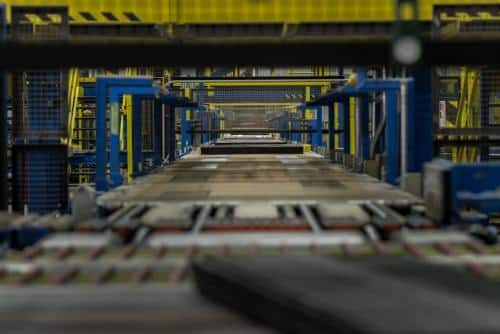 BY JAMES R. KIRBY, AIA
BY JAMES R. KIRBY, AIA
*This article was originally published in the March/April 2016 issue of Home Builder magazine
When the Asphalt Roofing Manufacturers Association (ARMA) turned 100 in 2015, it gave the organization a unique opportunity to pause and appreciate advances in technology over the last century. By consistently improving as modern technology progressed, the industry has evolved significantly. Imagine how different asphalt roofing was back in 1893, when all asphalt shingles were organic, with mica, dolomite and even oyster shells added to the shingle surface for durability; shingles were then coloured by coating them with crushed slate or shells.
The earliest asphalt shingles were single-cut pieces of material. These eventually evolved to have two or more tabs, and eventually into shingles with multiple cut-outs and thicknesses. Today, asphalt shingles come in a variety of colour and multi-tonal textural options. Designer asphalt shingles can even mimic the appearance of wood, tile or slate to add an architectural aesthetic to any roof, all while providing affordability and ease of installation.
Sealant strips were added in the 1950s to improve wind resistance and reduce installation time. In the 1970s, fibreglass was introduced to help reinforce shingles, making them both stronger and more fire-resistant. Some asphalt shingles included polymers to modify the asphalt. These improvements in shingle components have evolved over the years to provide durability and longevity, even when faced with heavy rain, ice, snow or hail.
Roofing professionals now choose shingles for their wind, impact and fire-resistance based on various ASTM, CSA, UL and ULC rating systems. As this technology has developed, so have the industry-standard tests that ensure asphalt materials can stand up to the toughest wear and tear. Algae resistance is another aspect unique to modern asphalt products. Many manufacturers now offer algae-resistant shingles that use a special copper composition to control the unsightly discoloration algae can cause.
Over the past century, asphalt shingle manufacturers have used research and technology to address specific roofing issues and create even better products. Improvements in aesthetics and durability have kept asphalt roofing a top choice for homeowners in North America. The way the members of this industry have developed new products and technologies ensures that there will be more exciting changes to come throughout the next 100 years.
James R. Kirby, AIA, is director of technical services for the Asphalt Roofing Manufacturer’s Association (ARMA), with expertise in roof system design and construction, weatherproofing and energy efficiency of the building envelope, as well as rooftop PV systems. More information on asphalt roofing advances can be found at www.asphaltroofing.org.

